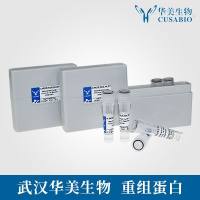Interactions between lipids and proteins have been studied using a variety of spectroscopic methods. Nuclear magnetic resonance (usually using deuterated phospholipid) can give information about conformational changes of lipid molecules on binding to membrane proteins, but information about relative binding affinities and numbers of binding sites is more usually obtained using electron spin resonance (ESR) (1 ). In the ESR method, spin-labeled phospholipids or fatty acids are incorporated into biological membranes and give two component ESR spectra, with one component (the immobile component) representing phospholipid at the lipid-protein interface of the protein (annular sites) and the other (the mobile component) representing “free” phospholipid in the bulk bilayer phase away from the protein. An automated procedure for finding the relative amounts of the two components in the composite spectra has been presented (2 ,3 ). From such data, straight-line plots of the mobile: immobile lipid ratio against lipid:protein ratio are usually constructed, with the intercept on the lipid:protein ratio axis being taken to be the number of lipid-binding sites on the protein and the slope giving the relative binding constant; potential problems with this approach have been described (4 ).






